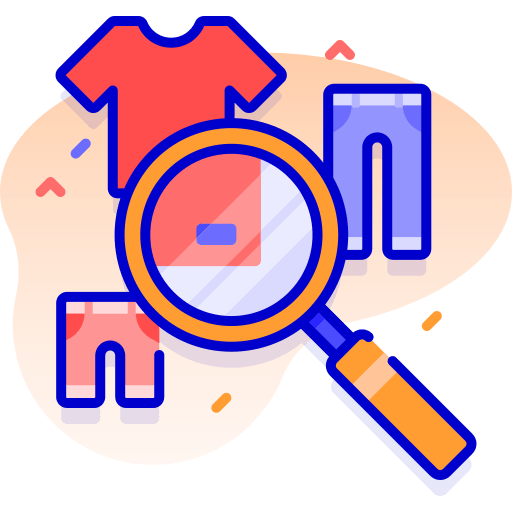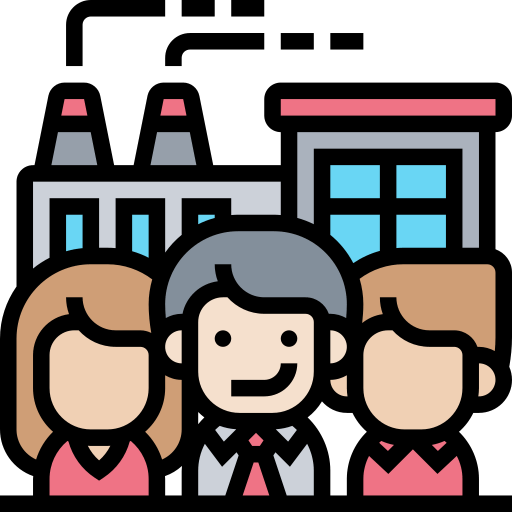Software as a service, or SaaS, turns out to be a true game changer in the cutthroat IT industry. With its many benefits, the demand for SaaS solutions has blown up recently. In 2022, the global SaaS market was valued at a whopping $251 billion. And forecasts predict it could hit $883 billion by 2029! With numbers like that, it’s no wonder more and more companies worldwide are jumping into building SaaS products.
SaaS Product: Definition
Software that is centralized and offered online as a subscription service is known as a SaaS product. It can be accessed through a web browser, so installing it locally is not necessary. The supplier takes care of product upgrades, safety and maintenance, freeing companies to focus on their core competencies.
Simply put, we are talking about software that is stored and accessed online through a subscription model. Instead of installing it locally, users can access it through a web browser. The provider handles all development, security and maintenance – freeing up companies to focus on their core business. Its flexibility and simplicity have made the SaaS approach increasingly popular among organizations looking for affordable, efficient solutions. SaaS systems give businesses instant access to a ton of apps, which helps increase productivity and simplify things. You can go to the source to find out more.
Benefits of SaaS Development
The primary benefit of SaaS solutions is their inherent simplicity—no specialized equipment is required. In addition, cloud-based web apps provide you with:
- Security. Your information is kept in a secure location.
- Scalability. Downgrades or upgrades may be made with ease as needed.
- Dependability. Because servers may be found worldwide, even if one goes down, the others will still function and provide regular income for developers.
- Reduced Expenses. SaaS reduces development costs by eliminating the need to purchase and maintain pricey gear. Because of these savings and trial periods, there may be a wider client base.
- Accessibility. The solution is solely dependent on an internet connection and is always available.
Types of SaaS Applications
SaaS apps that are cloud-based come in several varieties.
- Software for managing customer relationships (CRM) is an effective Lead management software. It helps enhance user experience, saves all client data, and automates sales and marketing procedures.
- Business behemoths mostly employ enterprise resource planning (ERP) software to handle a range of operational tasks, including risk management, budgeting, and, occasionally, forecasting.
- Using eCommerce software and content management systems (CMS) may let you sell your items in any way while saving money on website construction. Product management and payment connections are included.
- Within businesses, communication platforms are mostly utilized as internal communication tools.
- HR/HRM systems that handle the organization’s human resources. Numerous functions, including data storage, productivity management, recruiting, performance tracking, and so forth, may be included.
How to Build a SaaS Platform in Five Steps
Creating SaaS involves a blend of creative thinking, perseverance, vision, and efficient optimization. The main processes in developing a SaaS product are listed below.
Step 1: Discovery
It’s important to identify your target audience and their pain issues before launching into production. Make sure your SaaS solution is meeting the precise demands of the market by doing in-depth research. Talk to potential customers, get their input, and adjust your idea in light of their observations. This first stage lays the groundwork for a fruitful SaaS journey.
Step 2: Prototyping and Interface Design
After you have a firm grasp of the needs of your users, go to interface design and prototype. To see the user experience, make prototypes and wireframes. Create an interface that is simple to use and intuitive to help with challenging jobs. When designing your interface, keep it simple and intuitive to help users handle tricky tasks. Remember, the more user-friendly your product is, the more likely folks are to embrace it.
Step 3: Software Development and Building an MVP
Alright, you’ve nailed down a strong concept and user-friendly design – now let’s make this thing real! The next step is building your minimum viable product or MVP. Focus on baking in just the essential features that will allow users to test out the core functionality. Choose a reliable tech stack that aligns with your project’s goals and scaling needs.Don’t forget to check out the Software house Podcast for insights and tips on software development!
Step 4: QA and Testing
Once built, quality assurance is a must – I mean it, don’t skip testing! Be thorough in finding and fixing any bugs or issues. You want to catch problems before users do. Prioritize creating a smooth, glitch-free experience. Develop a thorough testing plan that addresses security, performance, and functionality. To guarantee the long-term success of your SaaS platform, update and improve it frequently depending on user input and new trends.
Step 5: Scaling and Maintenance
It’s time to extend your infrastructure and increase your user base once your SaaS application starts to acquire popularity. Keep a constant eye on user participation, security, and system performance. Invest in solutions that are cloud-based to guarantee scalability and dependability. To remain competitive and satisfy changing customer expectations, your SaaS platform should be updated and improved on a regular basis.
Conclusion
Transitioning to SaaS could be a total game-changer for your business – giving customers a more flexible, user-friendly service. You can make that SaaS success happen by following these steps we covered, with extra focus on user-centric design and rigorous testing.
Whether you’re building a new SaaS platform from scratch or converting an existing offering, keep those priorities in mind. Put yourself in your users’ shoes during the design process. And don’t cut corners on quality assurance – take the time to smooth out any rough edges.








